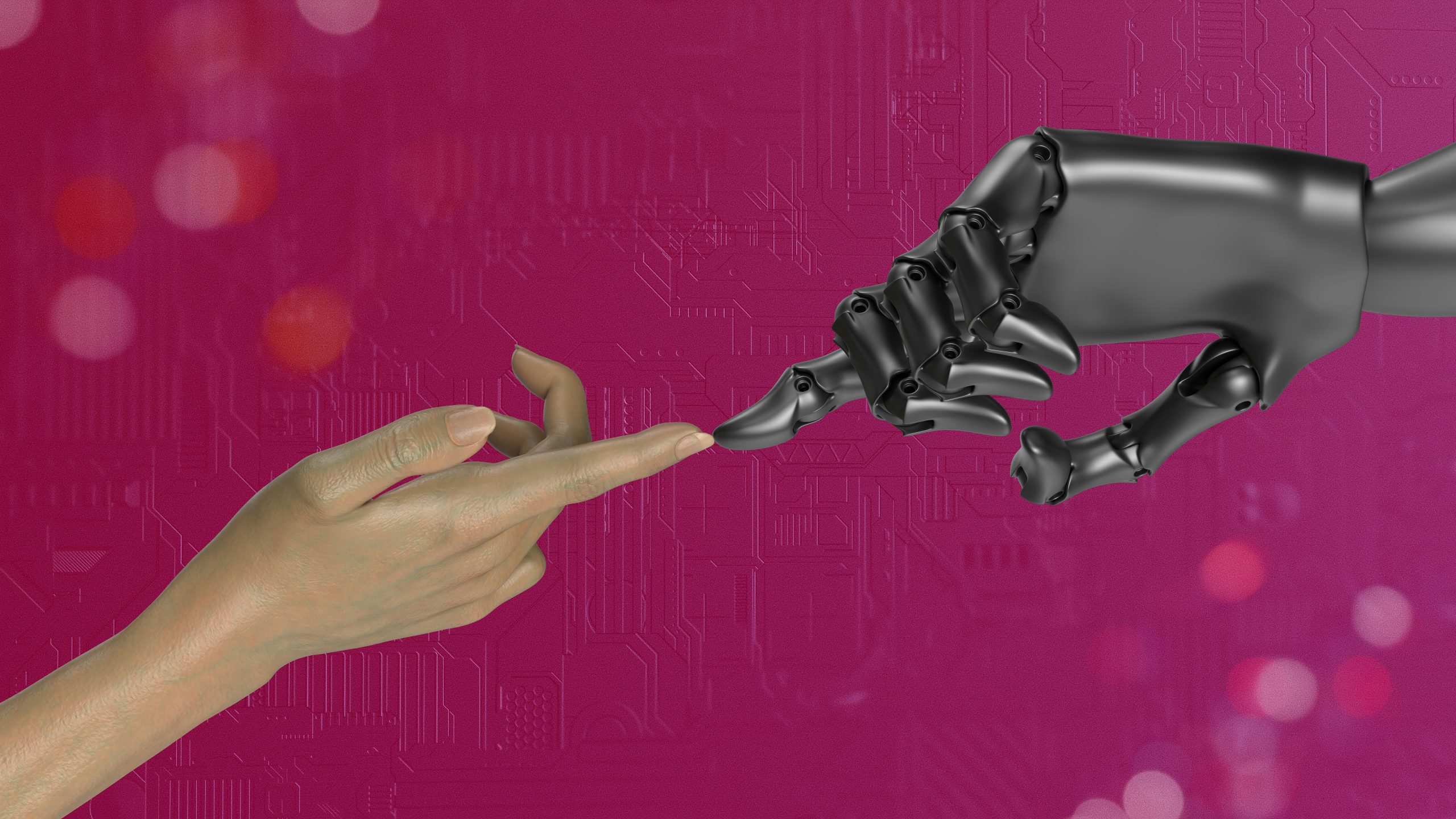What might happen if AI can feel emotions?

In a world where artificial intelligence is becoming omnipresent, it’s fascinating to think about the prospect of AI-powered robots and digital avatars that can experience emotions, similar to humans.
AI models lack consciousness and they don’t have the capacity to feel emotions, but what possibilities might arise if that were to change?
The birth of emotional AI
The prospect of an AI system embracing those first sparks of emotion is perhaps not as far-fetched as one might think. Already, AI systems have some ability to gauge people’s emotions, and increasingly they’re also able to replicate those feelings in their interactions with humans.
It still requires a leap of faith to imagine an AI that could feel genuine emotions, but if it ever becomes possible, we’d imagine that they’ll be somewhat basic at first, similar to those of a child. Perhaps, an AI system might be able to feel joy at successfully completing a task, or maybe even confusion when presented with a challenge it doesn’t know how to solve. From there, it’s not difficult to envision that feeling of confusion evolving to one of frustration at its repeated failures to tackle the problem in question. And as this system evolves further, perhaps its emotional spectrum might expand to even feel a tinge of sadness or regret.
Should AI ever be able to feel such emotions, it wouldn’t be long before they could express more nuanced feelings, like excitement, impatience, and empathy for humans and other AIs. For instance, in a scenario where an AI system acquires a new skill or solves a new kind of problem, it might be able to experience a degree of satisfaction in success. This is similar to how humans feel when they solve a particularly taxing challenge, like a complex jigsaw puzzle, or when they do something for the first time, like driving a car.
Empathy as a motivator
As AI’s ability to feel emotion evolves, it would become increasingly complex, progressing to a stage where it can even feel empathy for others. Empathy is one of the most complex human emotions, involving understanding and sharing the feelings of someone else.
If AI can experience such feelings, they may inspire it to become more helpful, similar to how humans are sometimes motivated to help someone less fortunate.
An AI that’s designed to assist human doctors might feel sad for someone who is afflicted by a mysterious illness. The feelings might push it to try harder to find a diagnosis for the rare disease that person is suffering from. If it gets it right, the AI might feel an overwhelming sense of accomplishment at doing so, knowing that the afflicted patient will be able to receive the treatment they need.
Or we can consider an AI system that’s built to detect changes to an environment. If such a system were to recognise a substantial increase in pollution in a certain area, it might feel disappointed or even saddened by such a discovery. But like with humans, the feelings might also inspire the AI to find ways to prevent this new source of pollution, perhaps by inventing a more efficient way to recycle or dispose of the toxic substance responsible.
In a similar way, an AI system that encounters numerous errors in a dataset might be compelled to refine its algorithm to reduce the number of errors.
This would also have a direct impact on human-to-AI interactions. It’s not hard to imagine that an AI-powered customer service bot that feels empathy for a customer might be willing to go the extra mile to help resolve that person’s problem. Or alternatively, we might get AI teachers with a better understanding of their students’ emotions, which can then adapt teaching methods appropriately.
Empathetic AI could transform the way we treat people with mental health issues. The concept of a digital therapist is not new, but if a digital therapist can better relate to their patients on an emotional level, it can figure out how best to support them.
Is this even possible?
Surprisingly, we may not be that far off. AI systems like Antix are already capable of expressing artificial empathy. It’s a platform for creating digital humans that are programmed to respond sympathetically when they recognise feelings of frustration, anger or upset in the people they interact with. Its digital humans can detect people’s emotions based on their speech, the kinds of words they use, intonation, and body language.
The ability of Antix’s digital humans to understand emotion is partly based on the way they are trained. Each digital human is a unique non-fungible token or NFT that learns over time from its users, gaining more knowledge and evolving so it can adapt its interactions in response to an individual’s behaviour or preferences.
Because digital humans can recognise emotions and replicate them, they have the potential to deliver more profound and meaningful experiences. Antix utilises the Unreal Engine 5 platform to give its creations a more realistic appearance. Creators can alter almost every aspect of their digital humans, including the voice and appearance, with the ability to edit skin tone, eye colour, and small details like eyebrows and facial hair.
What sets Antix apart from other AI platforms is that users can customise the behaviour of their digital humans, to provide the most appropriate emotional response in different scenarios. Thus, digital humans can respond with an appropriate tone of voice, making the right gestures and expressions when they’re required to feel sad, for example, before transforming in an instant to express excitement, happiness, or joy.
AI is getting real
Emotional AI systems are a work in progress, and the result will be digital humans that feel more lifelike in any scenario where they can be useful.
The CEO of Zoom has talked about the emergence of AI-powered digital twins that can participate in video calls on their user’s behalf, allowing the user to be in two places at once, so to speak. If the digital human version of your boss can express empathy, satisfaction, excitement and anger, the concept would be more effective, fostering a more realistic connection, even if the real boss isn’t present in their physical form.
A customer service-focused digital human that’s able to empathise with callers will likely have a tremendous impact on customer satisfaction, and a sympathetic digital teacher might find ways to elicit more positive responses from its students, accelerating the speed at which they learn.
With digital humans capable of expressing emotions, the potential for more realistic, lifelike, and immersive experiences is almost limitless, and it will result in more rewarding and beneficial interactions with AI systems.




Comments are closed, but trackbacks and pingbacks are open.